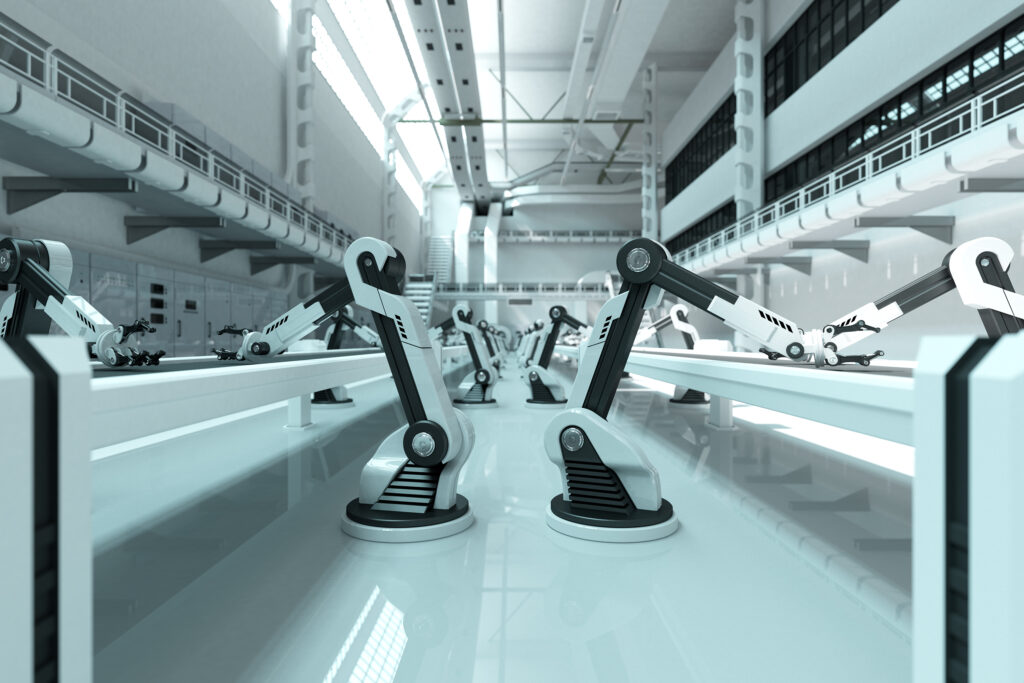
The chaku chaku effect
By Richard Kunst
Digital Transformation Innovation & Technology Production Sustainability automationThe term chaku chaku may sound funny to some employees, but it’s a serious base line discipline that underpins automation.

Photo: 3alexd/E+/Getty Images
When people and organizations start discussing automation, visions of robots dancing gracefully like dancers comes to mind. For that vision of automation to become reality you need to look and concentrate on the connector. Here is where you will see chaku chaku in action.
Japanese for “load load”, chaku chaku is an efficient style of production in which all machines needed to make a part are situated in the correct sequence, close together. The operator simply loads a part and moves on to the next operation. Each machine performs a different stage of production, such as turning, drilling, cleaning, testing, or sandblasting. There should be no WIP in between the operations or perhaps one piece in queue to reduce changeover time.
Here is where you get started. Typically, many of these operations reside in stand-alone technology islands or companies devote entire departments to a process. Immediately, scheduling and material handling become management obstacles. At La-Z-Boy we were proud of our technology departments from cutting, sewing, making frames and ultimately coming together at upholstery to become a final product.
Move your machines and operations into a new chaku chaku line. Look for ways where the output from one machine or process automatically loads into the next process step or machine. You may need to slow down a machine to achieve a balance between the operations, but predictable consistency is better than a series of sprints.
Gravity is your friend when it comes to automation and the use of chaku chaku. Simple slides between machines are inexpensive, easy to maintain, and can create a slight buffer between operations.
Applying the principal of chaku chaku will require nerves of steel, as it will require breaking down many barriers along the way. Starting on this will reveal just how many absurd paradigms have infected your business just by wanting to slide operations closer.
While you are in the mode of breaking paradigms, go all of the way:
• Challenge engineering to reduce the part count by 50 per cent;
• Reduce the number and types of fasteners by 50 per cent;
• Make sure only one size of tool is need for assembly or disassembly; and,
• Run several exercises on set-up reduction, with a goal of doing a change within one cycle.
Once you have completed this list make sure you apply the five S’s of process improvement. Simplify, simplify, simplify, simplify, simplify, and automate.
Just applying chaku chaku to existing product realization will yield awesome results. The adrenalin will be flowing, and innovation will start to seep from the pores of your team. That is when you can start to look at replacing that precious labour with cobots or robots. Innovative design of end-of-arm tooling for your robots.
Does chaku chaku work? At La-Z-Boy it used to take 14 to 16 weeks from work order release to get a chair into a box. Today the average is 90 per cent of production requirements in a box in under two hours.
___________________
Richard Kunst is an author, speaker and seasoned lean practitioner based in Toronto, who leads a holistic practice to coach, mentor and provide management solutions to help companies implement or accelerate their excellence journeys. You can reach him at www.kunstsolutions.com.
